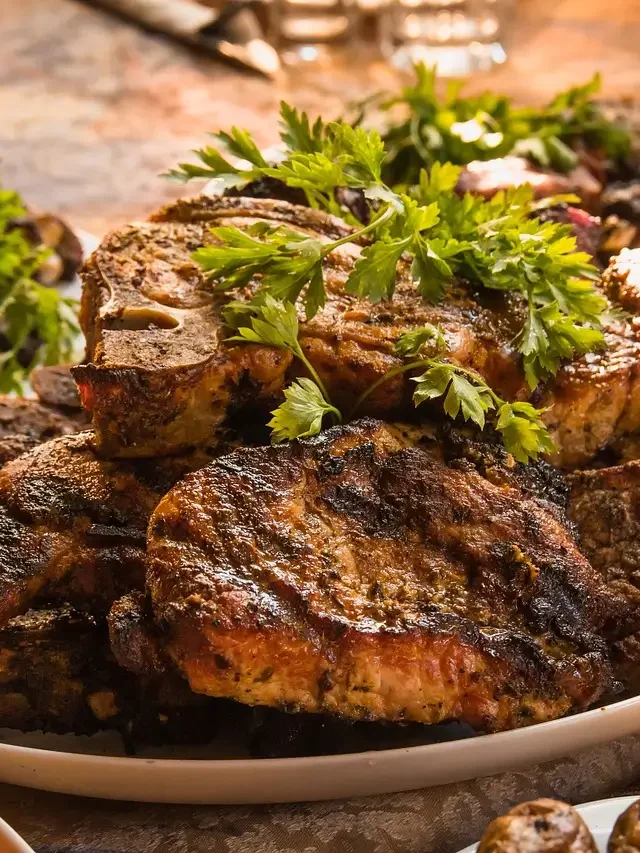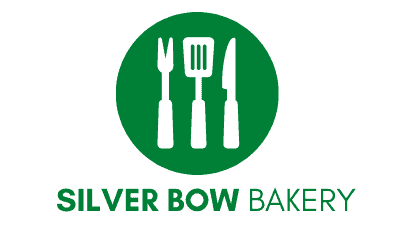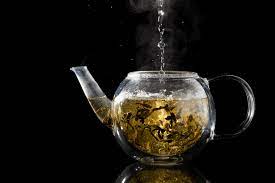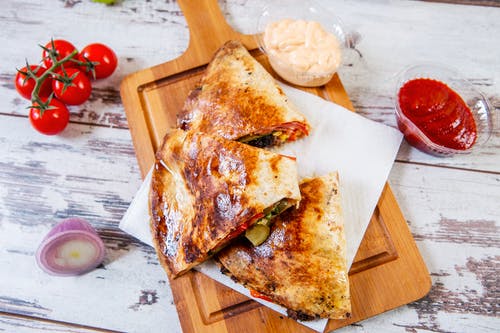Dim sum is a Chinese word that refers to a type of small bite or appetizer. The term originally described the “little-bit” food served in imperial China during lunchtime, but it has evolved into an umbrella phrase for all types of dishes from across Asia and beyond.
Dim sum literally means “touch the heart.” The cuisine originated in China and is now enjoyed globally. Though there are countless variations of this delectable dish, they all share a common philosophy: small bites of food served on or around trolleys for sharing with guests.
It is a traditional Chinese meal that originated in the south of China. The name means “touching the heart.” There are of many types, and each type has its own unique ingredients and style. Some popular types of dim sum include steamed buns, dumplings, and pastries. There are also some more exotic types of dim sum such as fried taro balls with shrimp paste.
Dim sum is a classic Chinese dinner consisting of tiny plates of dumplings and other snack foods served with tea. The meals are shared among family and friends in the same manner as tapas are enjoyed among Spaniards. They are often enjoyed during the brunch hours, from late morning until midday.
An Overview of the Past
Dim sum is now eaten all across China and the globe, however the dishes are said to have originated in Guangdong, in southern China, before making their way to Hong Kong. Cantonese dim sum culture developed in tearooms in the latter part of the 19th century in Guangzhou, the capital of Guangdong, when opium dens were prohibited throughout the nation, according to culinary magazine Lucky Peach. Travelers and merchants on the Silk Road would stop at tea shops for a dim sum dinner. As they traveled farther, the practice spread and grew in popularity across the area, particularly in Hong Kong.
Dim sum nowadays might incorporate cuisines and customs from various areas of China. However, the culinary shape remains mostly unchanged.
Ordering and Etiquette
Visiting a typical dim sum restaurant and ordering a meal is a delightful and unique experience that takes a keen eye. Push carts thread their way around customer tables, laden with stacks of dumpling steamers and dishes of fried food. As the cart carrying the food you desire passes by, wave it down from your table. Waiters will unload your selections from their cart and place them on your table’s menu card. Instead, most contemporary restaurants use check-list-style menu cards. Guests just mark the meals they want on the card and wave it in the air before giving it to your waiter.
What Should I Order?
Dim sum foods are a variety of seafood, meat, and vegetable dishes made in a variety of methods, such as steamed, fried, or baked.
To get you started, here’s a list of some of the most popular Dim Sum dishes:

Shumai (siu mai, shao mai)—
These are thin, circular wrappers in the form of a cup that carry a filling — generally pork, shrimp, or a mixture of the two — and sometimes a tiny number of veggies such as bamboo shoots, black mushrooms, and water chestnuts.

Shrimp dumplings (har gow, xia jiao)—
Chunks of shrimp encapsulated in a thin translucent dumpling wrapper and served in a bamboo steamer are one of the most popular dim sum meals.

Xiaolong bao (soup dumplings) —
These tiny delicacies, also known as ’soup dumplings,’ are filled with hot broth and pork and served in a bamboo steamer. Despite the fact that these originated in Shanghai, their national appeal has cemented their place as a dim sum staple.

BBQ pork buns (charsiu bao, chashao bao)—
Fluffy, bready white buns packed with sticky, sweet barbeque seasoned pork and served in a bamboo steamer.

Chicken feet (tau zi fung zao, chizhi feng zhao)—
These are complete chicken feet that have been deep-fried and then simmered in a rich, somewhat sweet fermented black bean sauce until soft before being served on a platter.

Rice noodle rolls (cheong fun, changfen)-
Rice Noodle Rolls are big, thin steamed rice noodles folded around a soft shrimp or pork core or a crispy non-meat filling, such as fried dough.

Egg tarts (dan tat, dan ta)-
These are sweet, creamy, custard-filled flaky pastry tartlets with a Macau provenance.
Dim sum is a traditional Chinese meal, which consists of small bite-sized portions of various dishes. The word “dim sum” translates to “touch the heart.” It is usually eaten during lunch or brunch.
Reference: dim sum meaning.

What are most popular dim sum dishes?
BBQ pork buns (char siu bao)
Fried taro dumplings (wu gok)
Pan-fried chive or leek dumplings (gow choi gau)
Sticky rice in lotus leaf (lo mai gai)
Soup dumplings (xiao long bao)
Pan-fried turnip cake (lo bak go)
Potstickers (guotie)
Pineapple custard buns (bo lo nai wong bao)
How many dishes are in dim sum?
Dim sum restaurants typically have a wide variety of dishes, usually totaling several dozen. The tea is very important, just as important as the food. Many Cantonese restaurants serve them as early as five in the morning, while more traditional restaurants typically serve these until mid-afternoon.
Is dim sum healthy?
And with its bite-sized portions, high protein, low-carb ingredients and reliance on steam cooking, it certainly seems healthier than other comfort foods like fried chicken and ramen.
What does the name literally mean?
touch the heart
Frequently Asked Questions
What does dim sum mean in Chinese?
A: It is a type of Chinese cuisine that typically consists of small bite-sized dishes. The original Cantonese term for this dish was dim siu mai which literally means small eaters. It has come to signify the style, or rather an entire genre, of foods served in China.
Related Tags
- dim sum recipes
- dim sum chinatown






